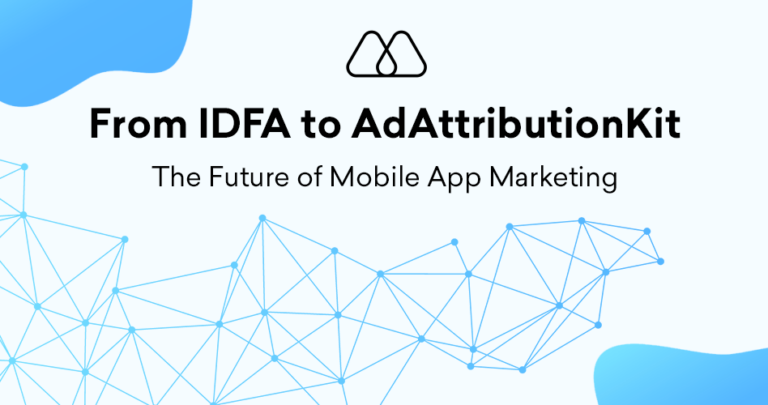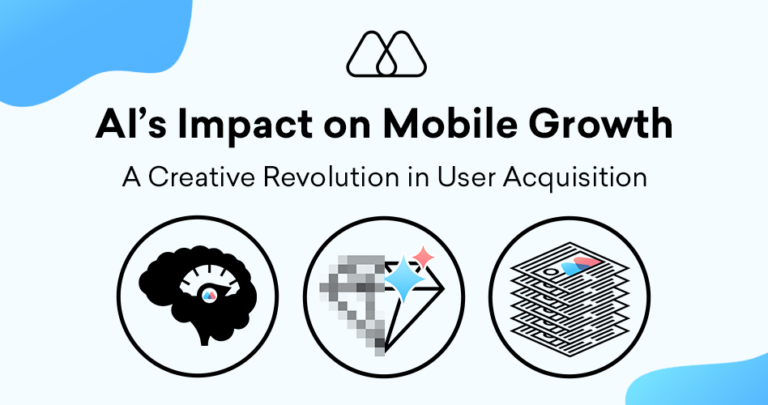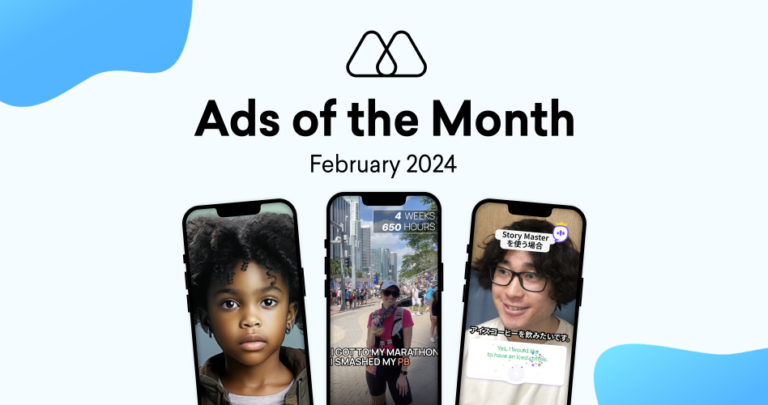In the fiercely competitive mobile app market, first impressions are paramount. When users browse the Google Play Store, your app’s screenshots are often the first point of contact, serving as a critical factor influencing user download decisions. Compelling screenshots can entice users to delve deeper, while poorly optimized screenshots can lead to missed opportunities. This article delves into the art and science of optimizing Google Play screenshots specifically for the mobile app and game industry, empowering you to showcase your app’s value proposition, capture user attention, and drive app installs.
Understanding Google Play Store Screenshot Requirements
- Number of Screenshots: Google Play allows you to upload up to eight screenshots for portrait and landscape orientations. Utilize all available slots to provide a comprehensive overview of your app’s functionality and user experience.
- Aspect Ratio: Ensure your screenshots adhere to the following recommended aspect ratios:
- Portrait: 9:16 (minimum resolution: 1080 x 1920 pixels)
- Landscape: 16:9 (minimum resolution: 1920 x 1080 pixels)
- Content Restrictions: Avoid including app store badges, excessive text overlays, or promotional offers within your screenshots. These elements can be misinterpreted by Google Play Store algorithms and potentially harm your app’s discoverability.
Optimizing Your Google Play Screenshots
1. Focus on Clarity and High Quality
- Visual Appeal: Utilize high-resolution Google Play screenshots that showcase your app’s interface in its best light. Crisp visuals and a clean user interface (UI) design will create a positive first impression.
- Device Mockups: Consider using realistic device mockups to frame your screenshots. This provides context and allows users to visualize how the app looks and functions on their device.
- Simple Backgrounds: Avoid overly busy or distracting backgrounds. Opt for clean, solid-color backgrounds that make your app’s UI elements stand out.
2. Highlight Key Features and Benefits
- Showcase Value Proposition: Use Google Play screenshots to visually communicate your App features and the core benefit it offers your users. Highlight the features that address user pain points or provide unique value compared to competitors.
- Actionable Screenshots: Consider including screenshots that depict users interacting with the app’s key features. This can provide a more dynamic and engaging experience for potential users.
- Targeted Screenshots: Tailor your screenshots to resonate with specific user segments within your target audience. For example, if your app caters to casual and hardcore gamers, showcase different aspects of the game that appeal to each group.
3. Leverage Text Overlays Strategically
While excessive text overlays are discouraged, strategically placed text elements can enhance your screenshots:
- Concise Calls to Action (CTAs): Include clear and concise CTAs that prompt users to download your app. Examples include “Download Now,” “Start Playing,” or “Get Started.”
- Benefit-Oriented Text: Utilize short bursts of text to highlight specific app features or benefits. Keep clear, concise, and easy-to-read text on a mobile device screen.
- Localization Considerations: If your app targets a global audience, consider localizing your screenshot text for different languages and cultural contexts.
4. Prioritize User Experience (UX) Flow
- Sequential Storytelling: Arrange your screenshots in a logical order that tells a story about your app’s user experience. Start with an overview of the app’s main screen, then sequentially showcase key features and functionalities.
- Focus on User Personas: Consider the user journey when crafting your screenshots. Imagine the steps a user would take to achieve their primary goals within your App and tailor your screenshots to reflect those actions.
- A/B Testing Variations: Utilize A/B testing to compare the performance of different screenshot variations. This allows you to identify which combinations resonate most effectively with your target audience and lead to a higher conversion rate.
5. Stay Up to Date with Trends
- Mobile Design Trends: Keep your screenshots current with the latest mobile design trends. This conveys a sense of polish and professionalism, reflecting a well-maintained app.
- Competitor Analysis: Analyze how successful apps within your category showcase themselves through screenshots. Identify best practices and adapt elements that align with your app’s unique value proposition.
- Device Compatibility: Ensure screenshots accurately represent the app’s functionality across different devices and operating system versions.
Key Takeaways
By adhering to these optimization best practices, you can transform your Google Play screenshots into powerful tools for driving app installs:
- Prioritize Clarity & Quality: High-resolution Google Play screenshots with a clean UI and clear visuals are essential for creating a positive first impression.
- Highlight Key Features & Benefits: Showcase the functionalities that solve user problems and differentiate your app from competitors. Consider including screenshots depicting user interaction for a more dynamic feel.
- Strategic Text Overlays: Utilize CTAs, benefit-oriented text, and localized messaging sparingly to enhance clarity and user understanding.
- Prioritize User Experience Flow: Arrange screenshots in a logical sequence that tells a user story about the app’s functionalities and key features.
- Stay Up to Date: Maintain a modern aesthetic by incorporating current mobile design trends, analyze competitor strategies for inspiration, and ensure compatibility across devices and OS versions.
By implementing these strategies and conducting A/B testing to identify the most effective combinations, you can optimize your Google Play screenshots to capture user attention, effectively communicate your app’s value proposition, and ultimately drive more app installs and user acquisition success. Remember, in the competitive mobile app landscape, first impressions are critical, and compelling screenshots serve as a silent salesperson for your app, enticing users to take the plunge and download.




